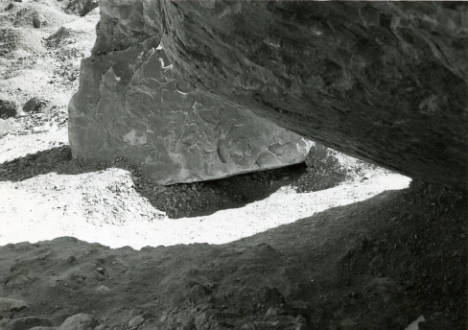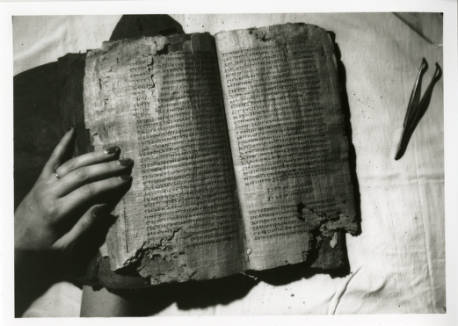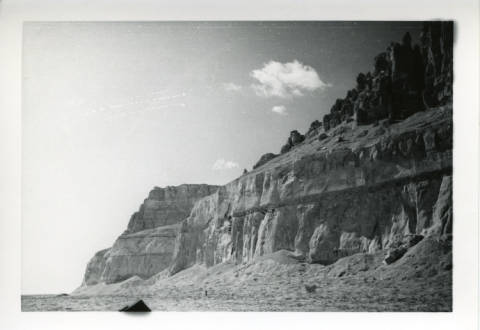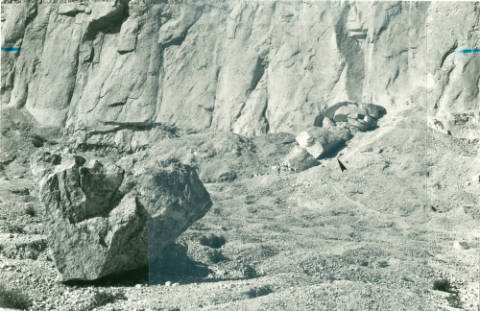




NAG HAMMADI LIBRARY
DISCOVERED IN EGYPT
DECEMBER, 1945
AFTER 1500 YEARS
DISCOVERED IN EGYPT
DECEMBER, 1945
AFTER 1500 YEARS
The great Seth wrote this book with letters in one hundred and thirty years. He placed it in a mountain that is called Charaxio, in order that, at the end of the times and eras, ... it may come forth and reveal this incorruptible, holy race of the great Savior, and those that dwell with them in love, and the great, invisible, eternal Spirit, and his only begotten Son.
- Gospel of the Egyptians NHC III 68, 10-26 (Translation by Alexander Bohlig and Frederik Wisse)